Ghost of Tsushima is the PlayStation 4’s last big-budget exclusive that further helped solidify the machine’s confident stance as being one of the go-to consoles for exclusive gaming experiences. This, along with The Last of Us Part 2, showcase a fantastic understanding of the PS4’s architecture by Ghost of Tsushima developers, Sucker Punch.
The kind of visuals on display in Ghost of Tsushima look like they could have been made for a showy PlayStation 5 title. In addition to its stunning visuals, the game offers a huge open world with lots to do and see, which may prove daunting for newer players. With the recent release of the Director's Cut for the game, more and more players are discovering Jin Sakai's world. It's the perfect time for new players to learn a few tips and trips before delving into the samurai's adventures in Ghost of Tsushima.
Updated on October 14th, 2021, by Hannah Saab: Ghost of Tsushima continues to be a popular action-adventure game with an ever-expanding fanbase in the gaming community. More players are taking on Jin's challenging journey, especially after the release of the Director's Cut. With more users sharing their knowledge about the gameplay, there are some new tips and crucial pointers for players who are just starting out. These tips apply to both the original and Director's Cut versions of the iconic game.
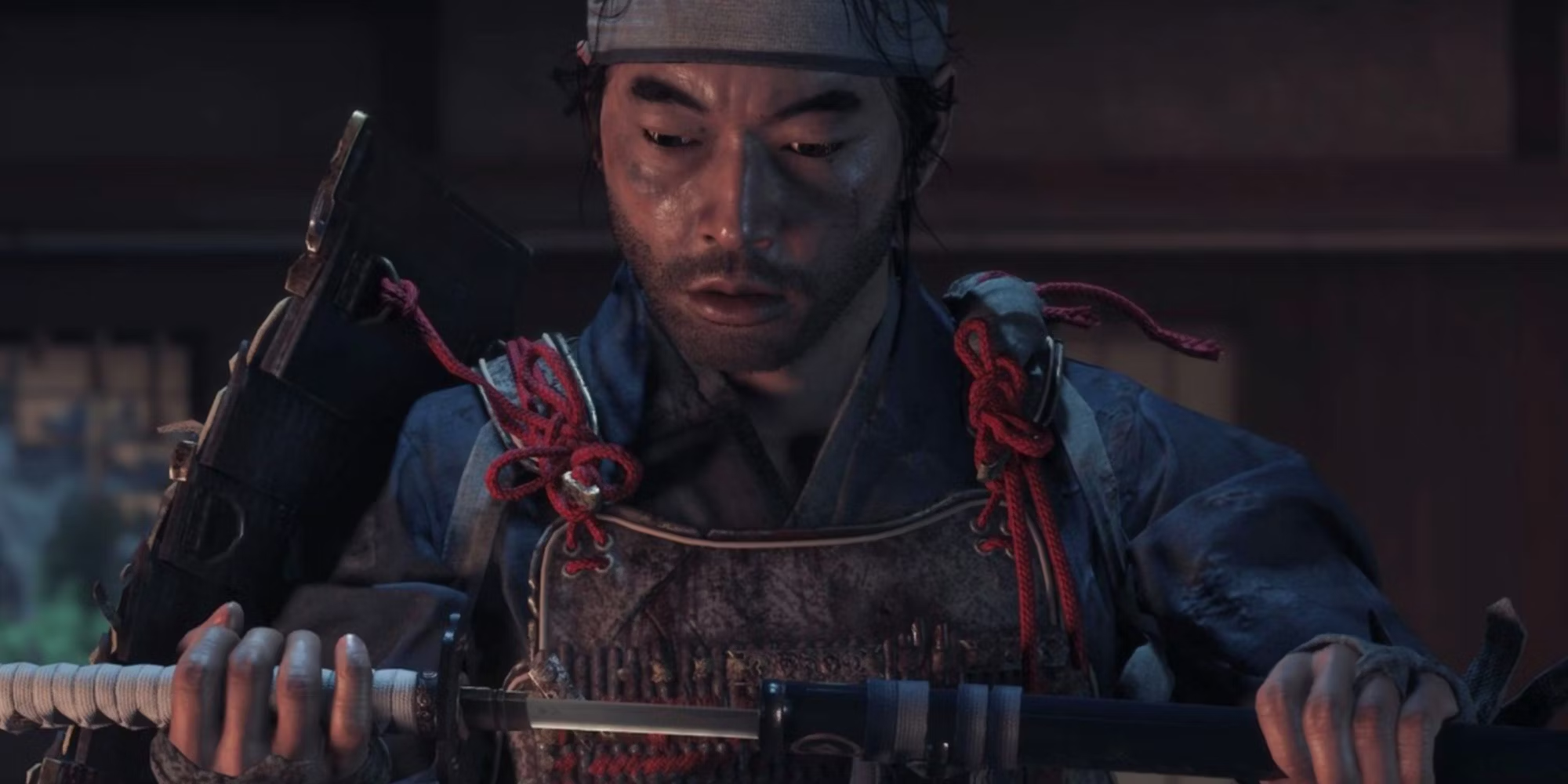
It’s true that Ghost of Tsushima is heavily influenced by the classic samurai movies by Akira Kurosawa like Seven Samurai and The Hidden Fortress. With this in mind, many film fans and purists may be tempted into choosing the Japanese audio option at the start of the game for a more authentic experience.
However, as the game was developed by a Western studio, the lip-syncing is designed to be in line with the English audio. As a result, the best option for the game's English-speaking players is the English dub.
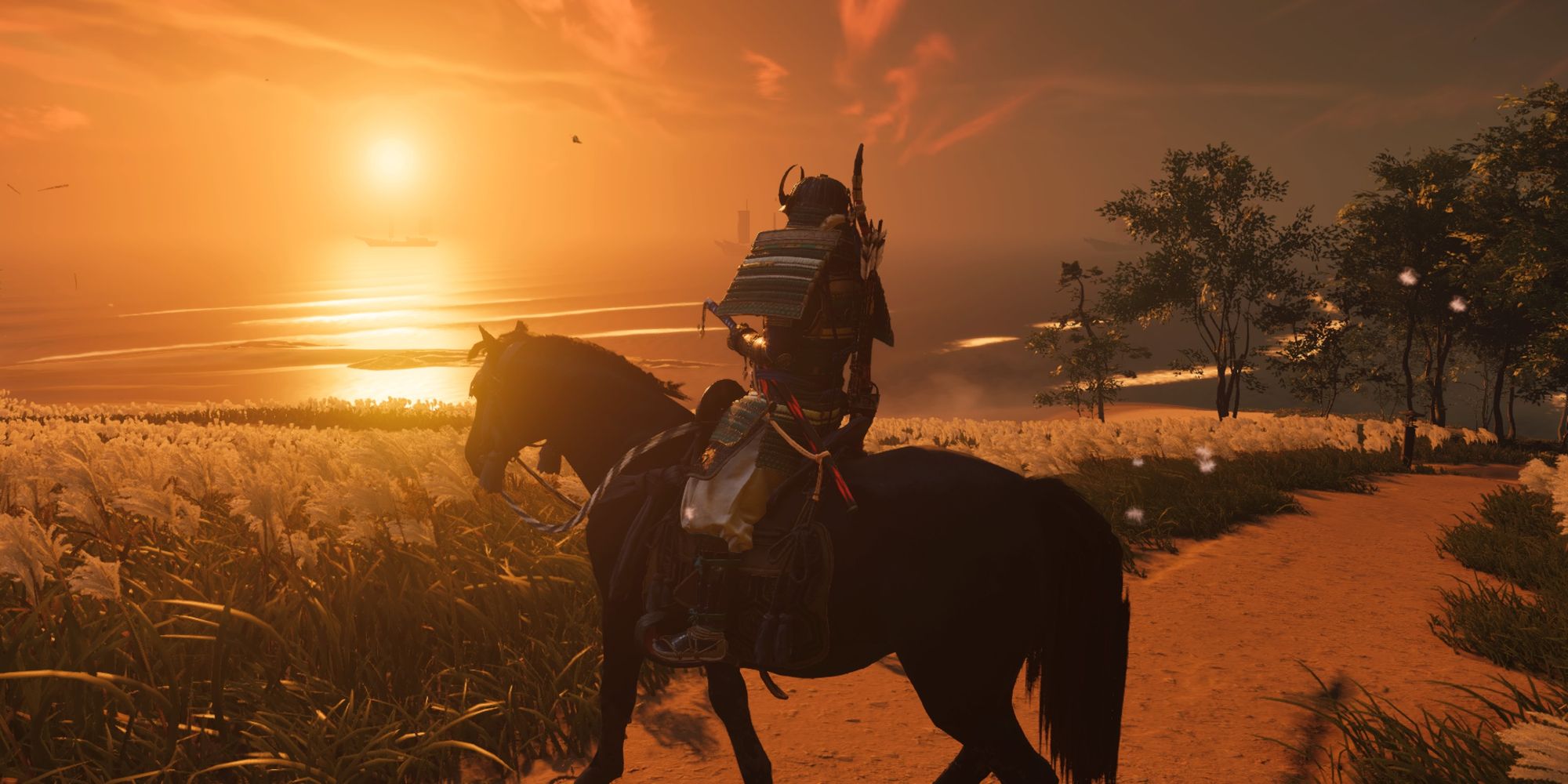
Early in Ghost of Tsushima’s introduction, Jin will get to choose one of three horses. Players will then get to select a name for their trusty steed before they set off on their mission to liberate the island from the Mongol horde.
It doesn’t have any great effect on the gameplay itself, but the new players should know that the horse they choose will stay with them for quite a while in the game. Considering how it takes around 30 hours to beat the title, it's best to select an animal companion in the game that players really like.
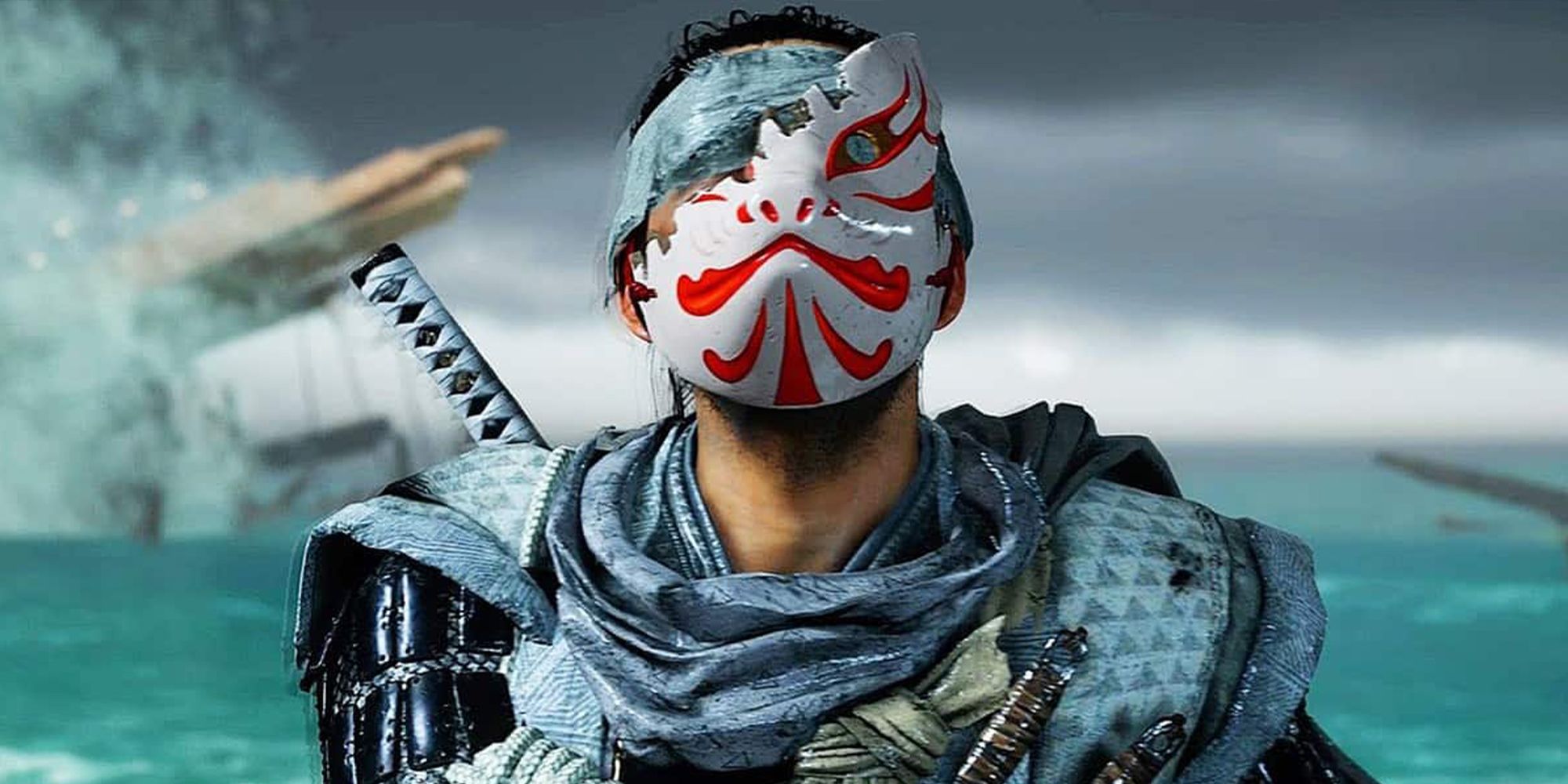
Veterans of the Sucker Punch’s Infamous series may come to expect good and bad endings based on the player's choices. There is an internal conflict going on with Jin who's worried he may need to use the “Ghost” methods that aren’t in line with the honorable Samurai code.
However, there are no rewards or repercussions for playing the game in any way that will affect getting Trophies, weapons, and the like, so players are free to play exactly as they want. The only reward that changes is the outfit the protagonist gets at the end, which depends on a crucial choice he makes during the final mission. Even this isn't too significant, as it's only an aesthetic difference and doesn't affect the post-game experience.
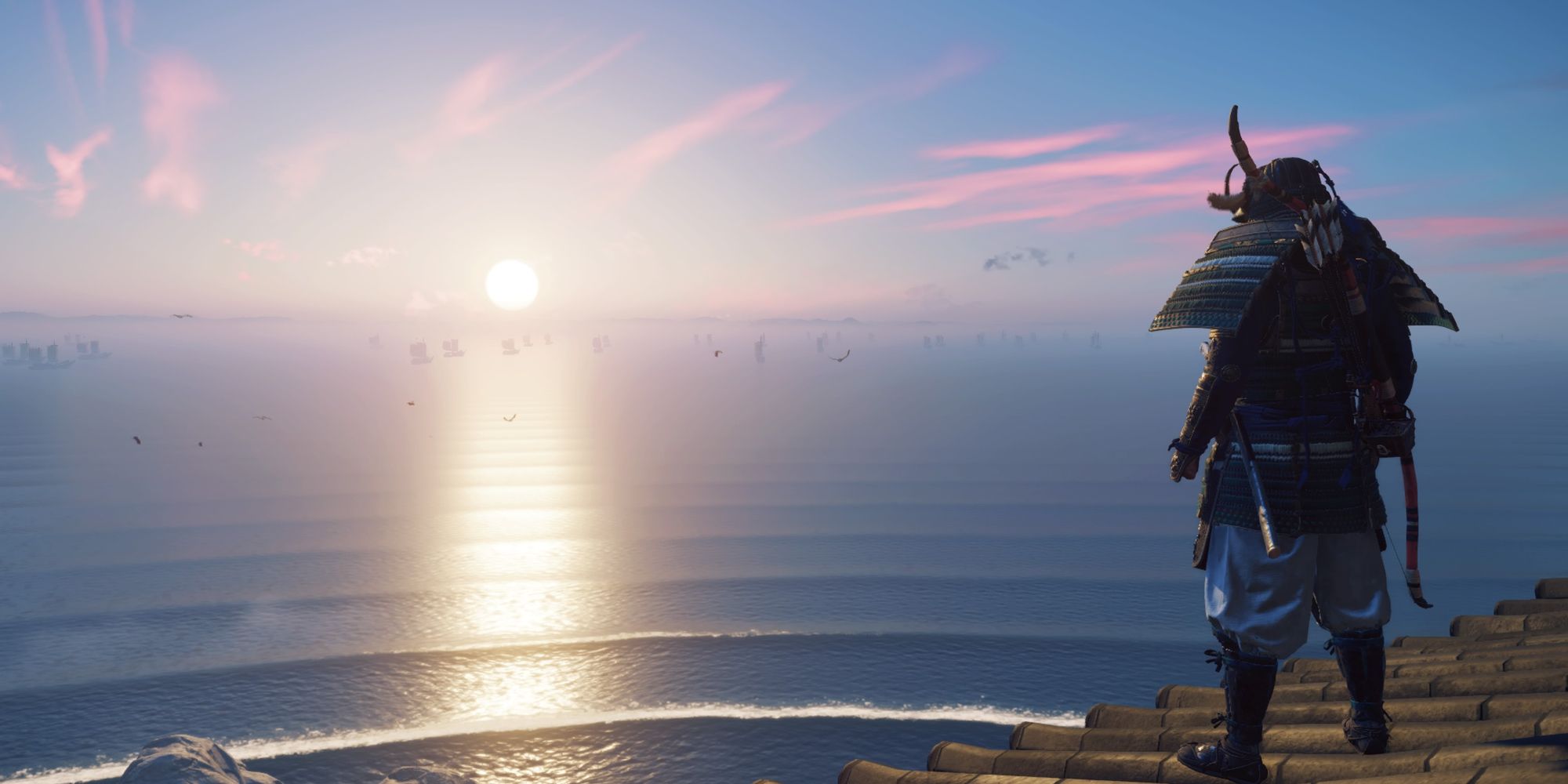
As with most big open-world games, the fast travel option in Ghost of Tsushima is designed to save the player a lot of time getting around the huge map. However, doing so will deprive the player of some of the most gorgeous scenery in the game.
More importantly, they will be missing out on a lot of opportunities to gain Legend and build up Technique points by taking on random enemies and bandits during Jin’s travels. At least for this game, it's often best to take the scenic route with the player's trusty horse.
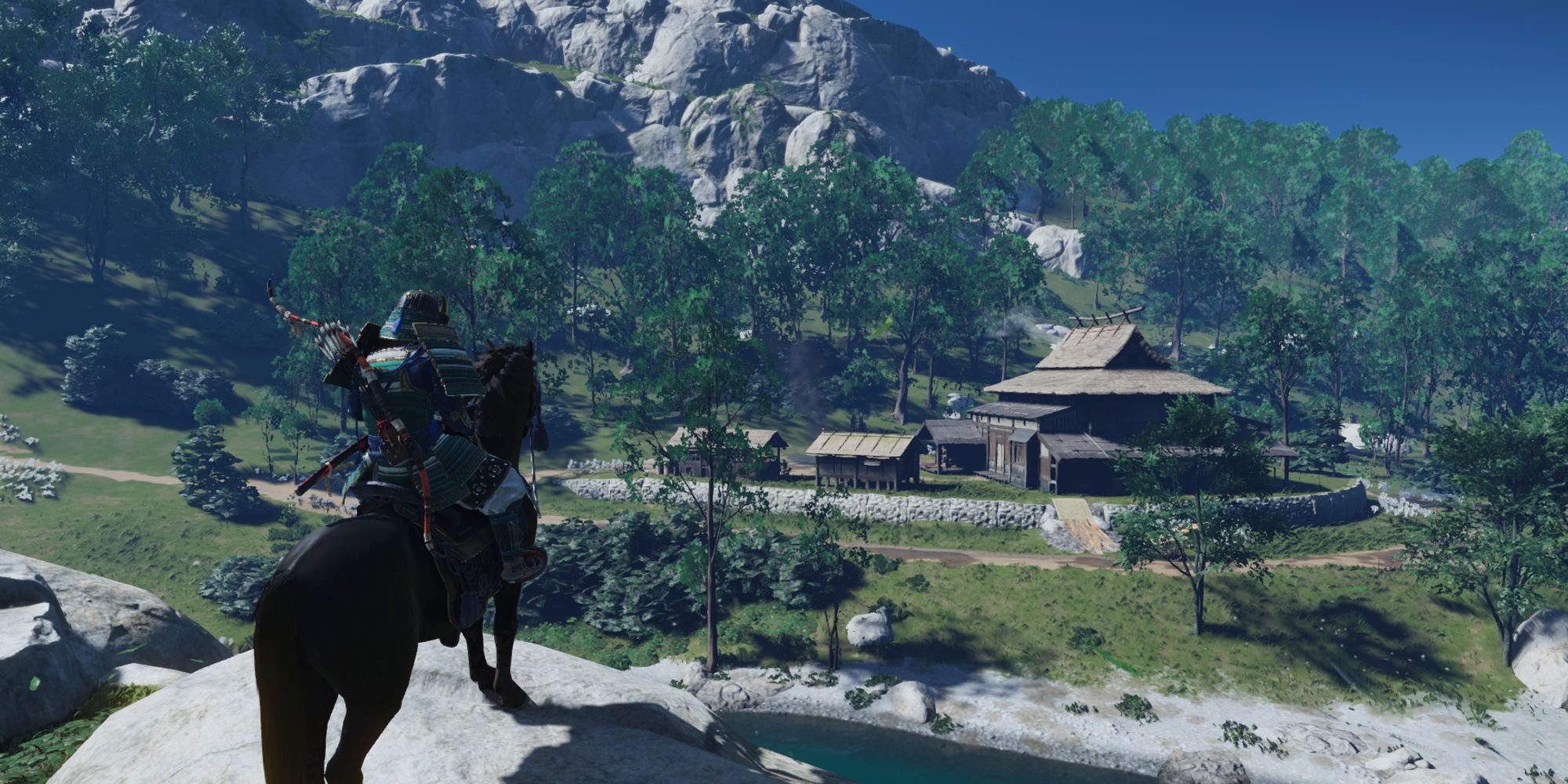
Overuse of the fast travel option will cause the player to miss out on so much of what Ghost of Tsushima has to offer. One of the most important things to do in the game is to seek out the undiscovered locations on the map with question marks on them.
These questions mark can reveal lots of new and incredibly useful locations like Fox Dens, Shrines, Survivor Camps, Hot Springs, and more. These areas can provide a range of different activities, from writing haikus to unlocking Charm slots.
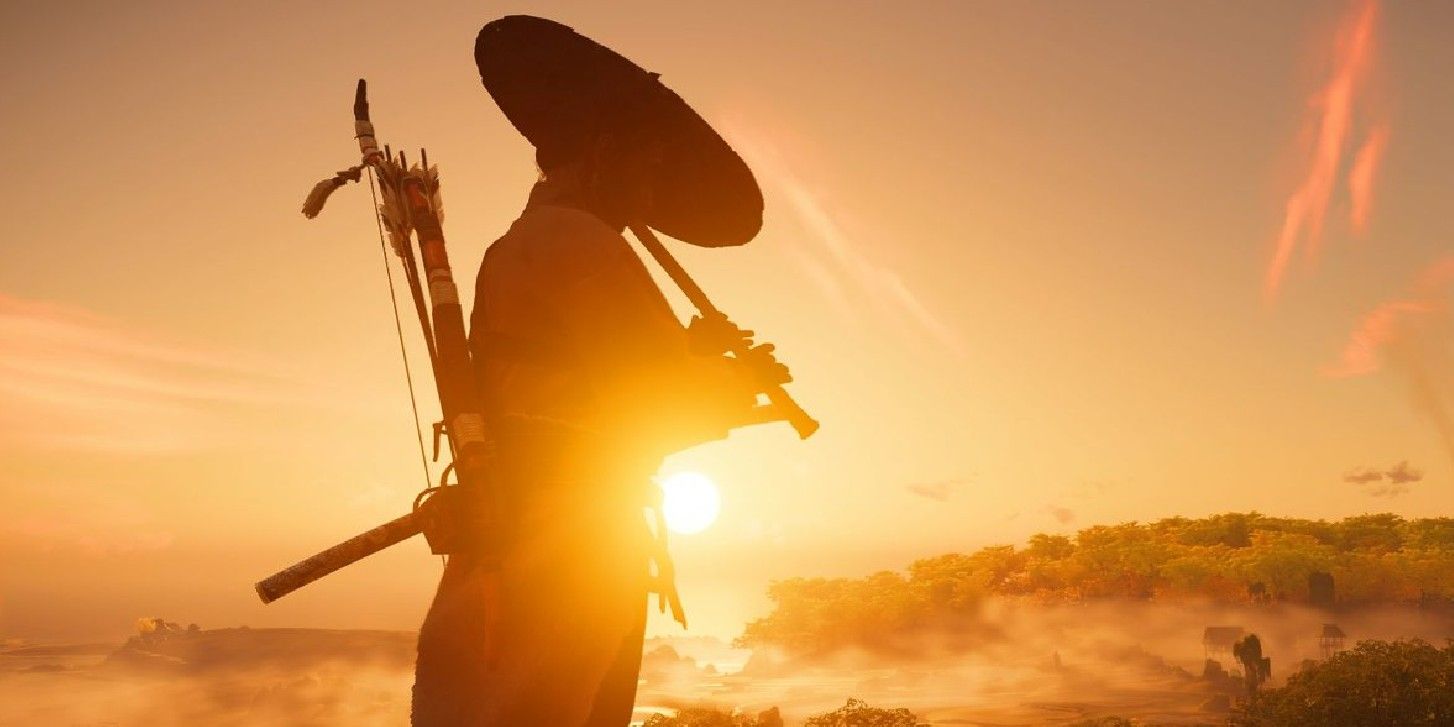
It’s very clear that the developers at Sucker Punch love making use of the PlayStation 4’s Touchpad. They made excellent use of it in Infamous: Second Son, its standalone expansion Infamous: First Light, and now, Ghost of Tsushima.
The most obvious one is swiping up on the pad to allow the wind to guide Jin to his next destination. However, swiping left will allow Jin to play his flute, swipe down to bow, and swipe right to sheath his sword. All of these little options can allow for some beautiful photo opportunities.
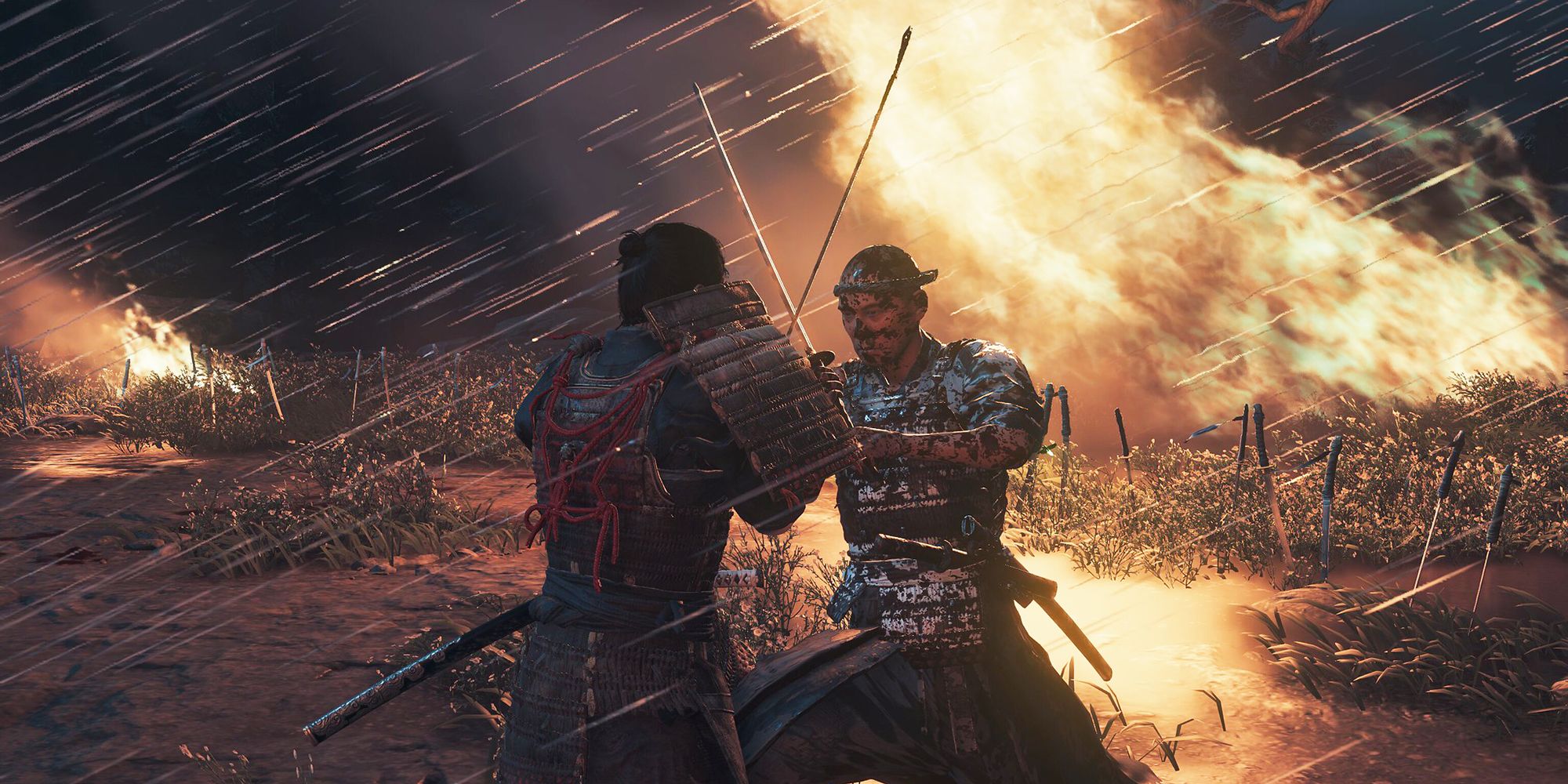
There is a lot of combat in Ghost of Tsushima so it’s a good thing that the fighting system is well worth learning. In addition to devastating strikes and flurries that can take down enemies in an instant, parrying and defending is just as important.
Not only does it look and feel good to parry an opponent to hit them with a counterattack, but knowing when to defend will also feel satisfying, as it helps create several openings on the battlefield.
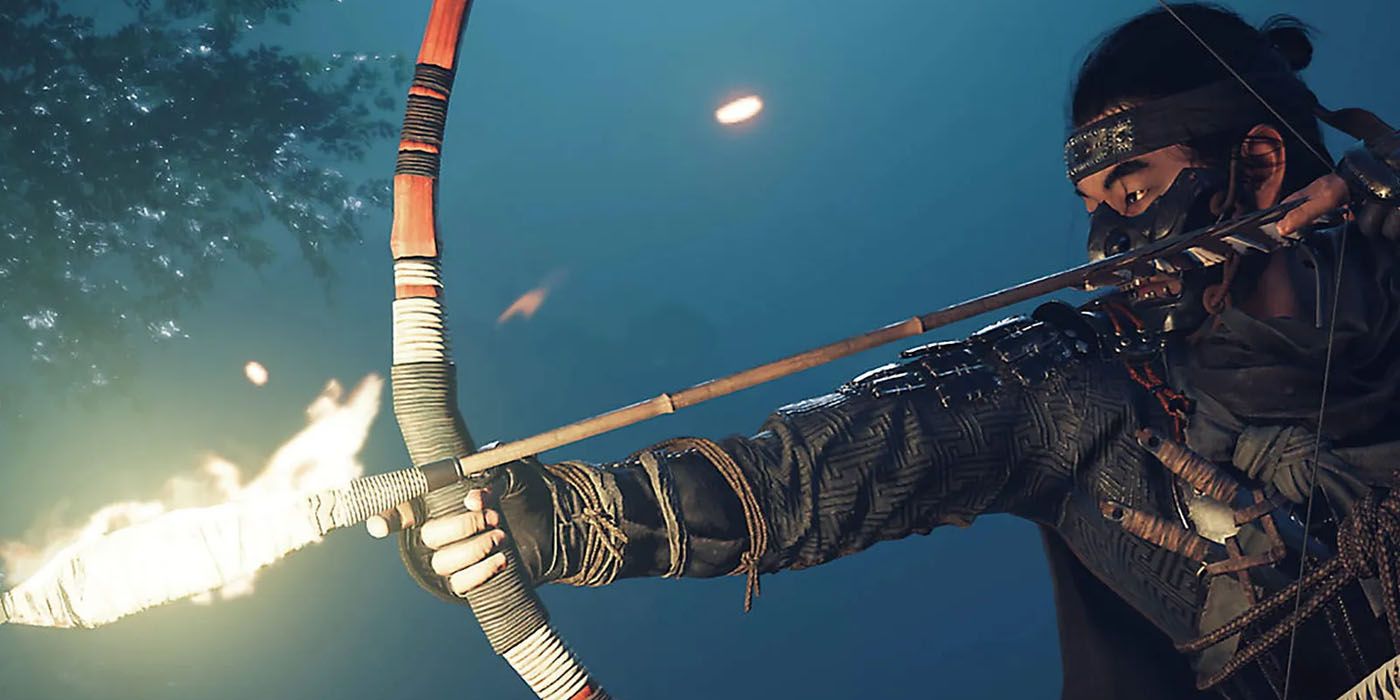
It’s always a good idea to be as defensive as possible by making sure Jin is taking his time and not panicking when surrounded by enemies. Unfortunately, when there are archers involved all defensive strategies can go out the window.
The best way to deal with situations like these is to charge the archers making sure to dodge any incoming arrows and cut them down with some heavy attacks. Thankfully, it doesn’t take much effort to defeat an archer in close quarters combat.
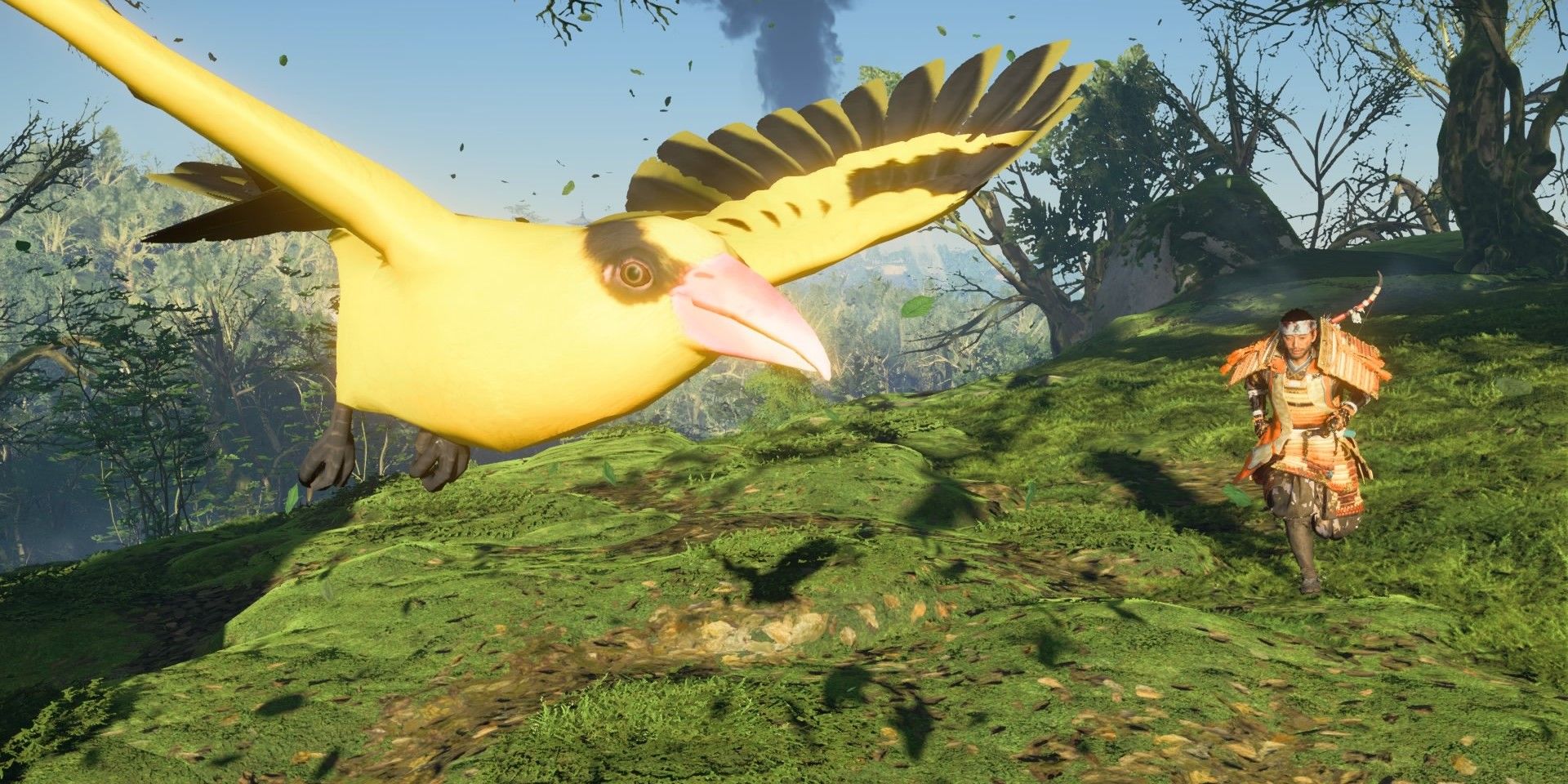
One of the best things about Ghost of Tsushima is the lack of an intrusive HUD. Having one would have only served to break the level of immersion that the island of Tsushima creates. Instead, Jin has to rely on nature to guide him to undiscovered locations.
Instead of waypoints, players will often encounter yellow birds which will appear when Jin is near a point of interest or an undiscovered location. Following these birds will uncover Hot Springs, Haiku Spots, Bamboo Cuts, and Fox Dens.
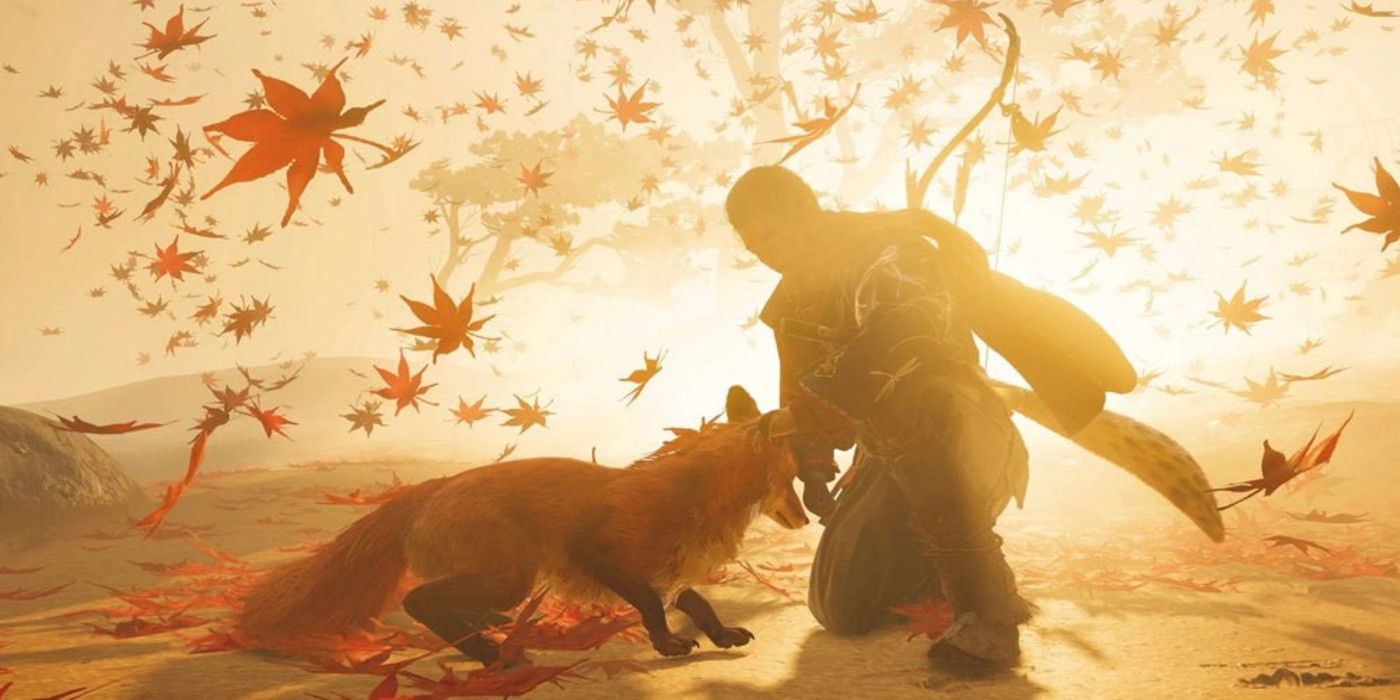
Just like the Yellow Birds, the Foxes in Ghost of Tsushima are important guides that should be followed. When followed, they will guide Jin to Inari Shrines which will grant him the ability to increase the number of Charms he can carry and earn Minor Charms.
Charms are accessories that grant Jin with new skills and perks that will prove useful in many combat situations as the game progresses. Plus, it's just fun to pet the adorable foxes players can encounter randomly throughout the game.
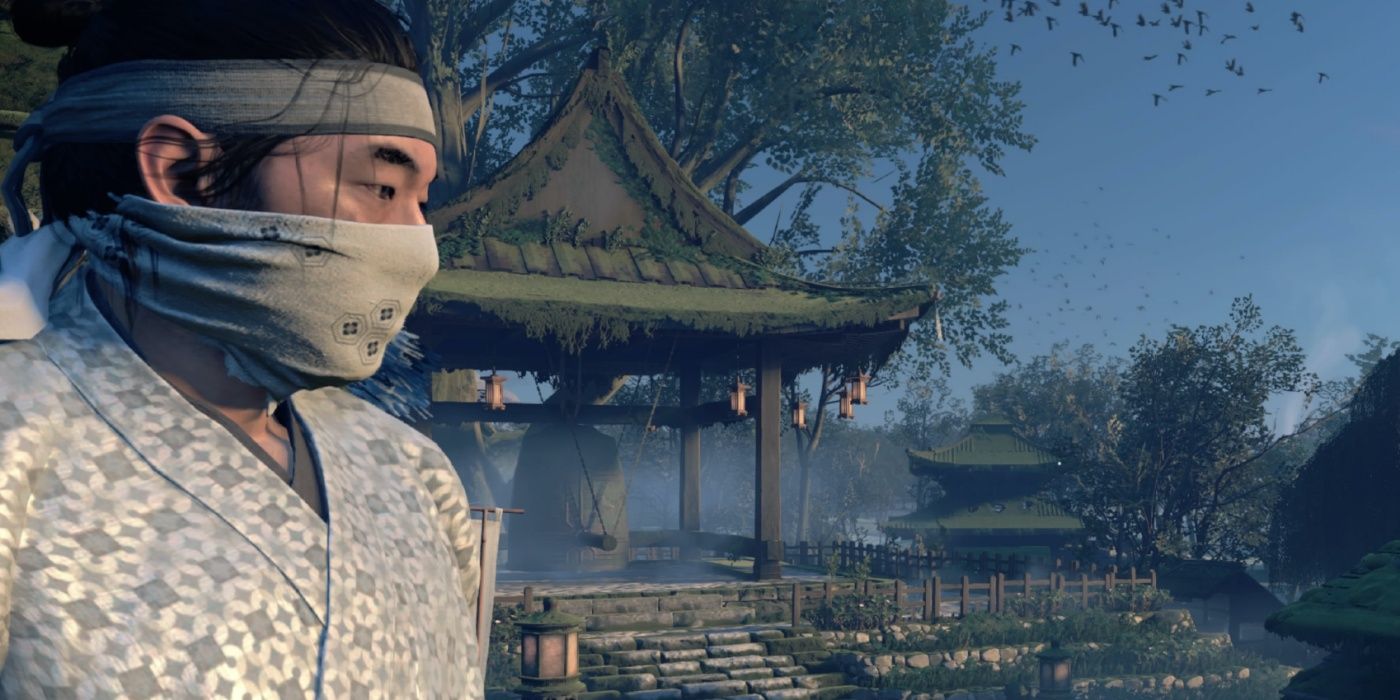
While there is definitely nothing wrong with playing the role of an aggressive and honorable samurai in the game, players who don't try the path of the "Ghost" will surely miss out on an arguably more interesting approach to combat.
Tsushima's stealth-based attacks and skills are exciting to learn and use in the field. Players who learn how to quietly take down enemies from above or use the bells skill to distract opponents can have just as much fun as gamers who prefer more straightforward combat.
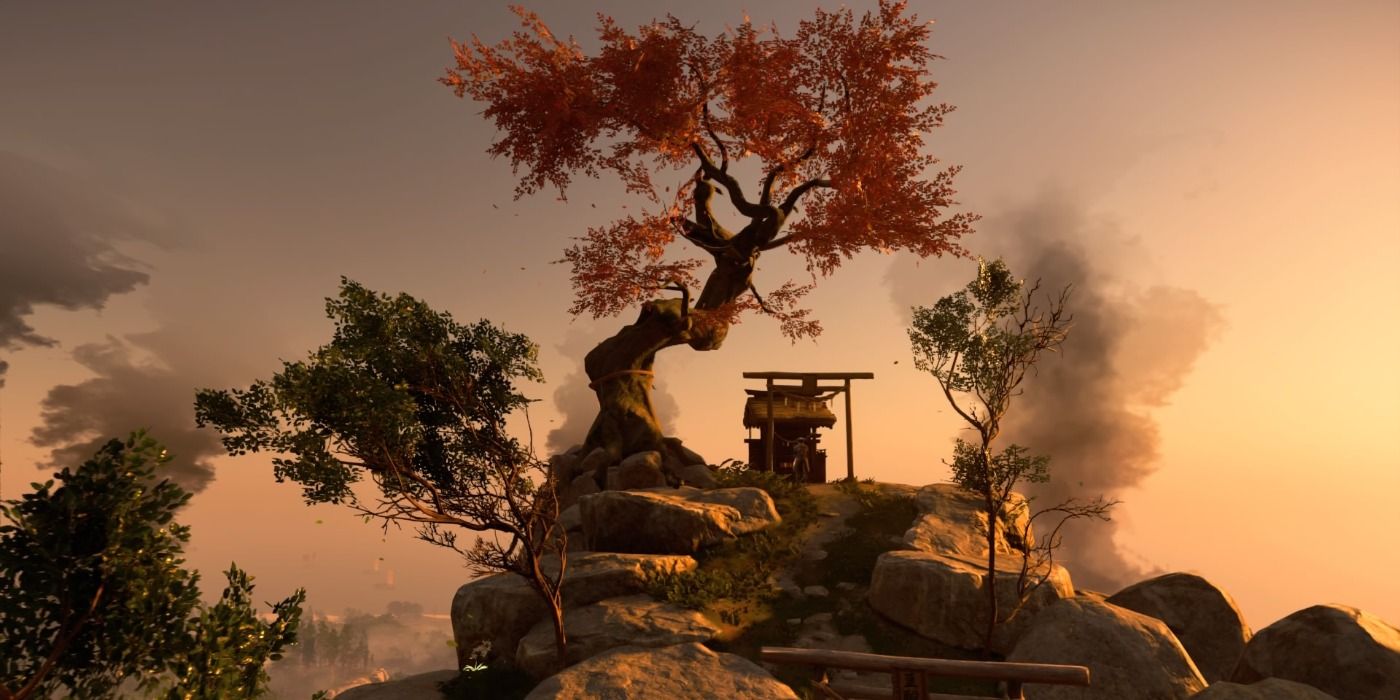
It's tempting to dive right into the action once the open world of the game becomes available, but it's crucial to stop and visit two important shrines before continuing the main storyline from this point.
The first shrine can be found by heading southeast from Lake Izuhara. Here, players will find the Golden Summit, which holds the Charm of Ameratsu. This Charm helps Jin regenerate health after every kill, which becomes especially useful when fending off multiple enemies. The second shrine is near Kii's Pond, where the Charm of Inari can be claimed. This will increase loot throughout the game.
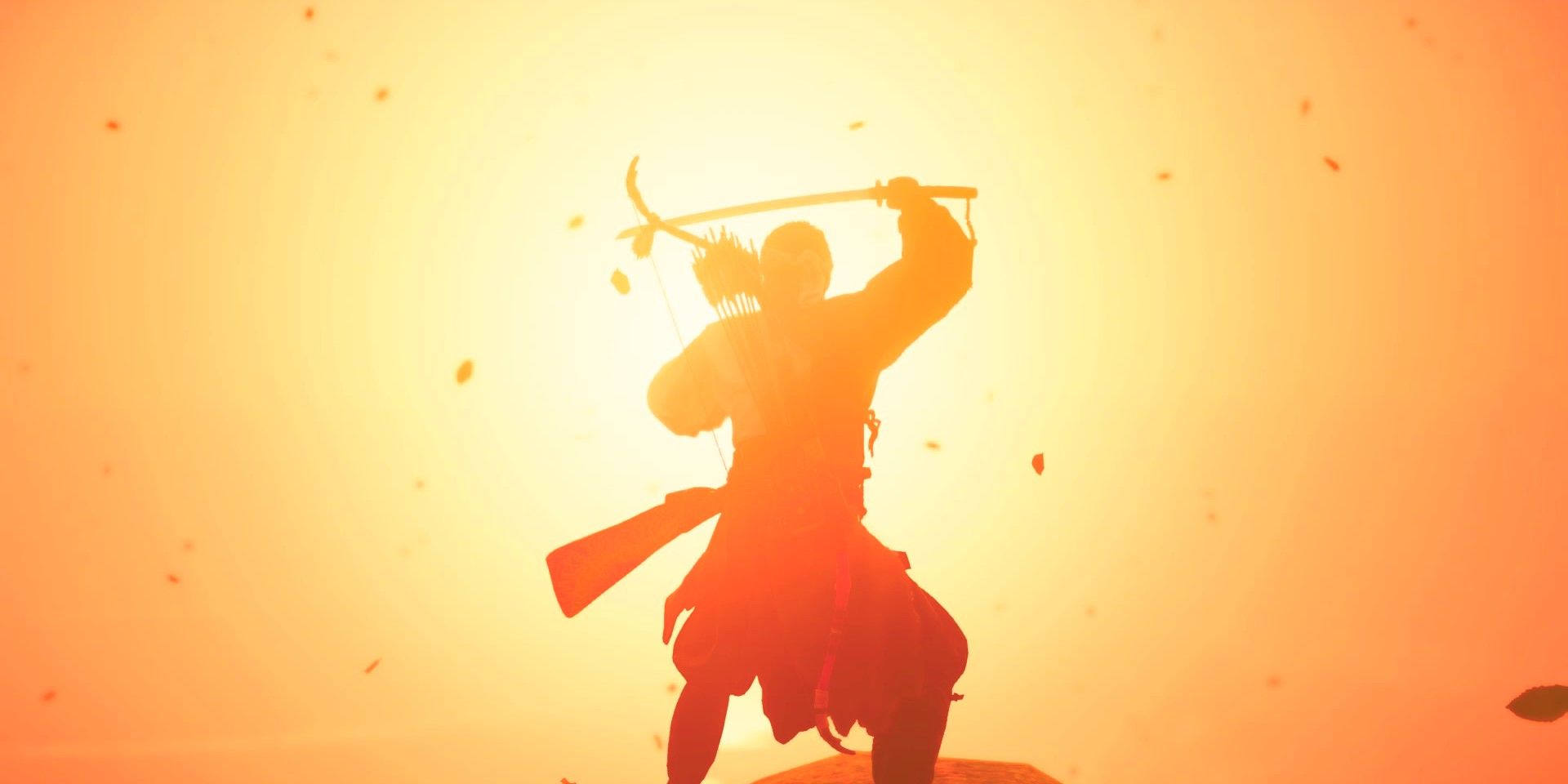
The fastest way to beat even the hardest bosses in Ghost of Tsushima is to maximize Jin's stances. Players should unlock and learn how to use these stances as quickly as possible.
Avoiding the stances and relying purely on weapons will mean missing out on effective attacks against specific enemies. Exploiting Jin's opponents' weaknesses becomes especially crucial towards the end of the game. To earn more points for unlocking stances, players should focus on liberating Mongol-controlled camps and defeat the mini-bosses that often appear in those areas.
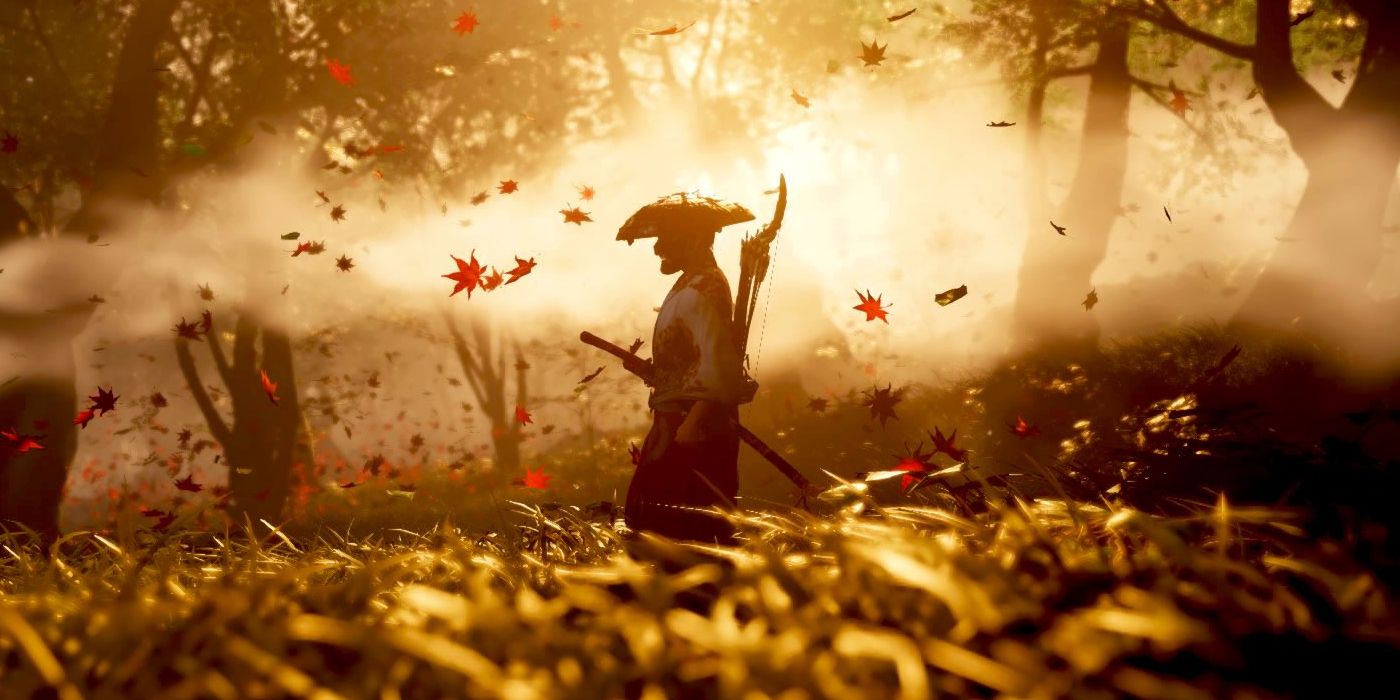
While exploring Tsushima's expansive open world, it's best to be fully focused on all the aspects of the game, including the audio. Instead of listening to music or an audiobook, try to listen for a bird song or a fox's shrieks. The protagonist himself will sometimes speak up when there's a point of interest nearby.
What's more, it's a completely different experience to explore the game as its developers intended. The game has a relaxing soundtrack that can be soothing to listen to as Jin rides his horse across lush hills and verdant forests.
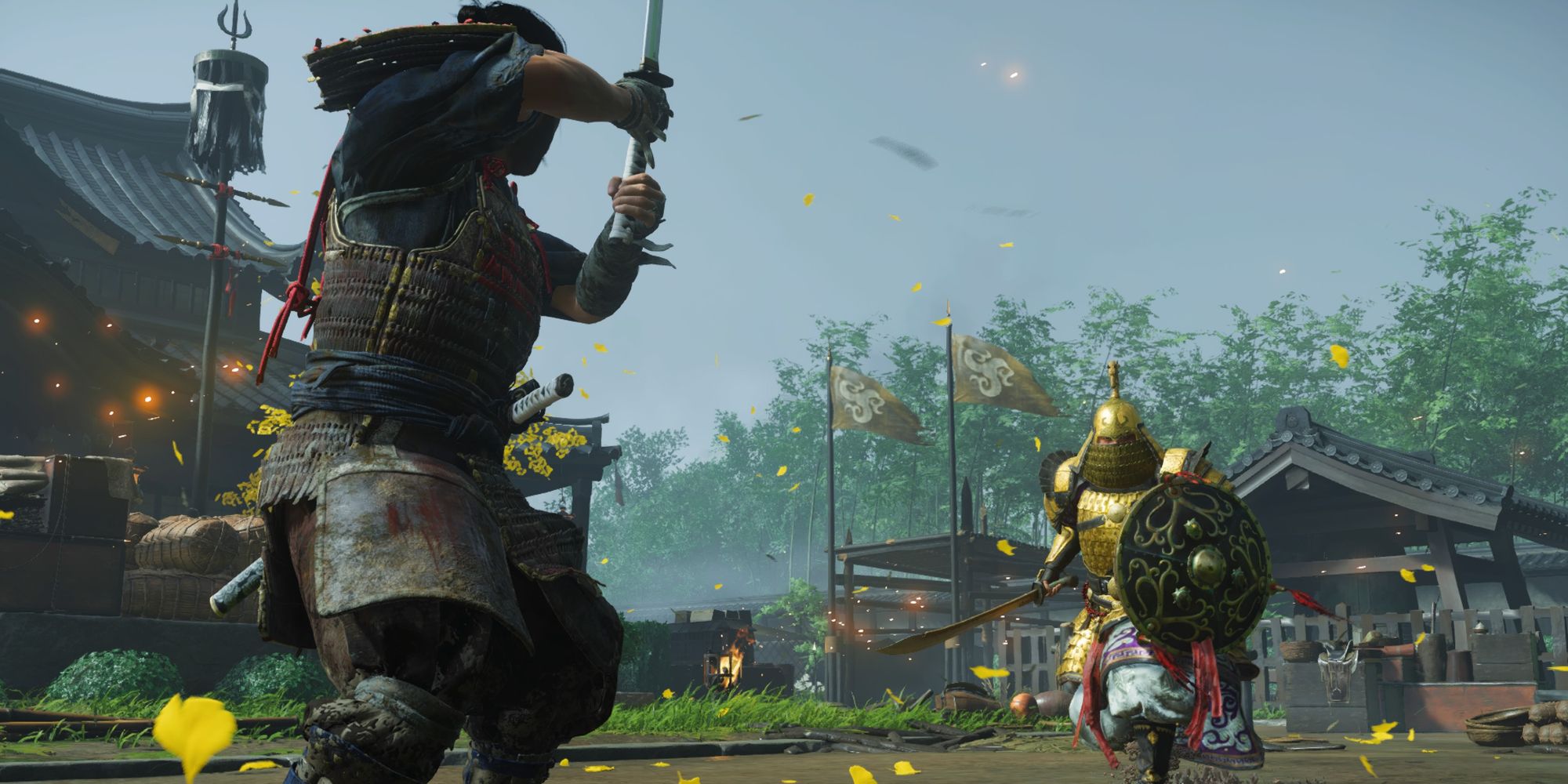
Standoffs give players some of the most tense experiences in the game, which is why it's vital to learn about fakers. While the first few standoffs may be easy enough, enemies will soon become tougher to evade and read, especially if they pretend to lunge forward to trip Jin up.
Reading the enemies' movements and anticipating these fakers will help players improve their combat skills. It's also a great way to avoid taking on too much damage and having to engage in a regular fight for failing the standoff.
from ScreenRant - Feed https://ift.tt/2E1nemZ
via IFTTT
No comments:
Post a Comment